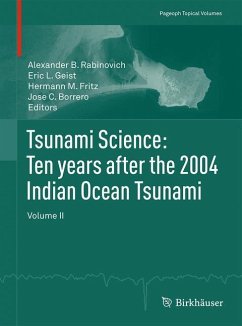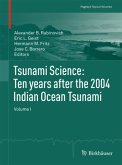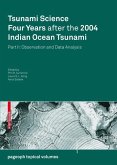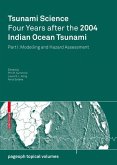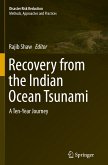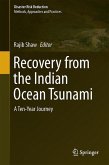Ten years ago, on December 26, 2004, one of the world's most destructive natural disasters occurred. A magnitude Mw 9.1 earthquake (third strongest ever instrumentally recorded) generated a global tsunami that killed about 230,000 people along the coasts of 14 countries in the Indian Ocean and propagated as far as the North Pacific and North Atlantic Oceans. Since then, various countries from around the globe contributed major funding to tsunami research and mitigation, enabling the installation of hundreds of new high-precision instruments, the development of new technology and the establishment of more modern communication systems. As a result, incredible progress has been achieved in tsunami research and operation during the ten years after the 2004 Indian Ocean tsunami.The papers presented in this second of two special volumes of Pure and Applied Geophysics reflect the state of tsunami science during this time, including two papers devoted to global observations. Five papers provide new findings specifically in the Indian Ocean. Eight papers cover Pacific Ocean studies, focusing mainly on the 2011 Tohoku earthquake and tsunami. Remaining papers in the volume describe studies in the Atlantic and Mediterranean and general tsunami source studies.The volume is of interest to scientists and practitioners involved in all aspects of tsunamis from earthquake source processes to transoceanic wave propagation and coastal impacts. Postgraduate students in geophysics, oceanography and coastal engineering - as well as students in the broader geosciences, civil and environmental engineering - will also find the book to be a valuable resource, as it combines recent case studies with advances in tsunami science and natural hazards mitigation.

